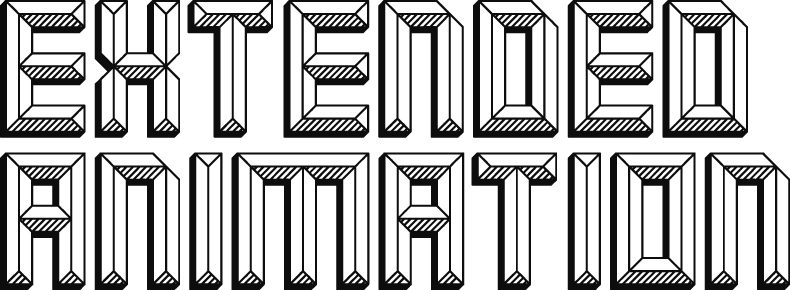The VR-produced Zoetrope was crafted during the Expanded Memories project, a collaborative research initiative involving researchers from various FilmEU campuses. The project aimed to translate the ‘concept of ‘anamorphic shadow’ ‘anamorphic shadow’ concept into an immersive animation. The animation was created using stop-motion techniques within a VR program lacking animation capabilities (Gravity Sketch).
The concept
Within the Expanded Memories project, several researchers with similar interests (and different backgrounds) grouped to work on a joint project that resulted in several projects.
Guido Devadder approached the theme memories theme from the angle that posed the question based on the theory that if light contains information (memory), what about its counterpart: the shadow? As an example, we used the shadows that were burned in place when the atomic bomb fell on Hiroshima.

We wanted to go to a personal memory of shadows that we could recall. One of those memories was the shadow play that occurs in a child’s bedroom when the night light, in combination with children’s imagination, transforms the shadow of ordinary objects like clothes, a chair and teddybears into a creature or monsters that are projected on the walls, floors or ceilings.
This is the concept of anamorphic shadows. Anamorphic shadows are distorted shadows that appear normal when viewed from a specific angle or perspective. They are a type of anamorphosis, a distorted projection or perspective that requires the viewer to occupy a particular point of vantage or use special devices to view a recognisable image. Anamorphic shadows can be created using various materials and objects, and they have been used in art, photography, sculpture, and installation, among other media. They can also be reconstructed using CAD and 3D printing systems.
The process
Many examples of approaches of different art disciplines use the anamorphic shadow principle, but animation is absent in that list. Seeing the potential in this unexplored territory, Guido and I looked for an interpretation of what an animated anamorphic shadow could be. Guido’s first itteration took the angel from his PhD research, which is reimagining proto animation devices like the zoetrope and praxinoscopes with modern techniques.
In his work, the shape of the shadow, although very distorted, matches the shape of the object. I wanted to approach the subject from the original concept of the anamorphic shadow. This means the objects casting the shadow were different from their shadow shape.I attempted to create a single frame of such a shape in Gravity Sketch, a VR design tool not meant for animation with no animation capabilities.
I used Gravity Sketch because (at that time) the PC desktop version had the option for creating shapes that cast a shadow on other created 3D objects. This meant I could arrange created 3D shapes in 3D space and see shadows take form, arranging and correcting the parts until a desired result was achieved. In this case, a wolflike character.
The next step would be devising a technique to allow animation of these shapes.
I first attempted to create such an animation in Blender using only flat shapes. I missed the 3D element (and it was very labour-intensive to move each piece with the PC mouse), so I tried to animate it in Gravity Sketch. I liked the animation created in Blender and loosely used it as a reference.
Animating in Gravity Sketch posed some issues. The program is not intended for animation, so no animation tools exist. By this, I mean there is no onion skinning, no timeline, and no way to preview the animation… I looked at what was present, which was a layering system and the means to make the layers transparent. So, I devised a way to use these two elements to animate. I could create a first frame, then copy that layer, make the first layer transparent, and move the parts to the next pose, as I would with a stop-motion animation. Then, by repeating the process, I would continue to animate the walk cycle by animating by the ‘straight ahead‘ method. I superimposed the first frame on the last frame to create a loop so there would be a big jump in the pose.
I then exported the frames from Gravity Sketch, imported them, and arranged each in Blender to create a zoetrope-like animation. The only issue with going with a zoetrope format is the limitation of structures. A walk cycle needs a certain number of frames, which posed the problem that if I reduced the amount of animated frames, the walk cycle would appear to move too fast. It was supposed to be a creepy, limp character, so it was decided to cut some frames near the end of the animation. This made the animation jump more, but it accentuated the limp and slowed the walk cycle. The jump in the motion makes the abstract shapes look and move even more abstract, adding to the contrast between form and shadow.
Since the animation could easily rendered as 360° video, the animation could be viewed as a 360° immersive VR installation. I added an eary atmosphere by rendering the clip with a toned-down but audible menacing drone soundtrack. The installation was debuted at the Method/Art 2023 Expo and poster presentation of the Expanded Memories project.






